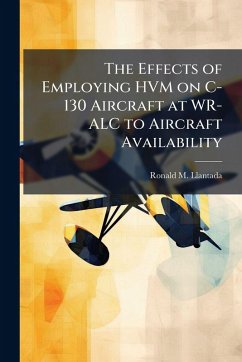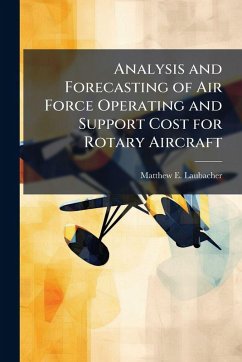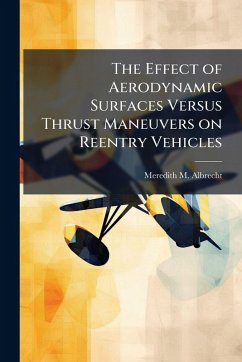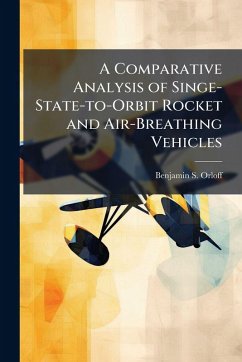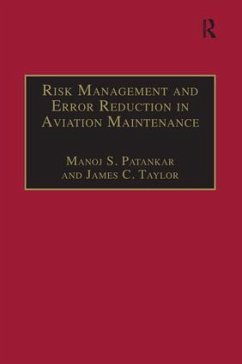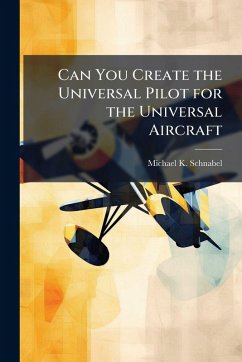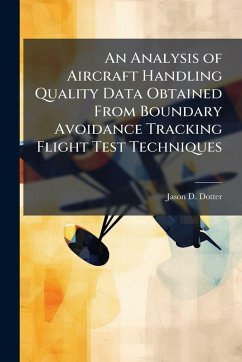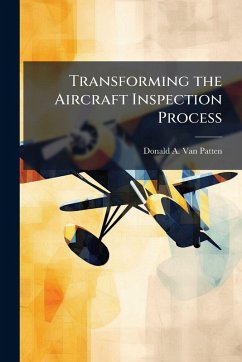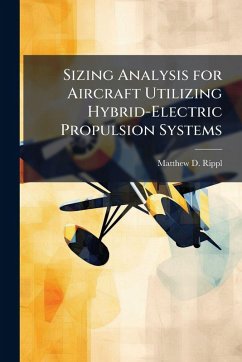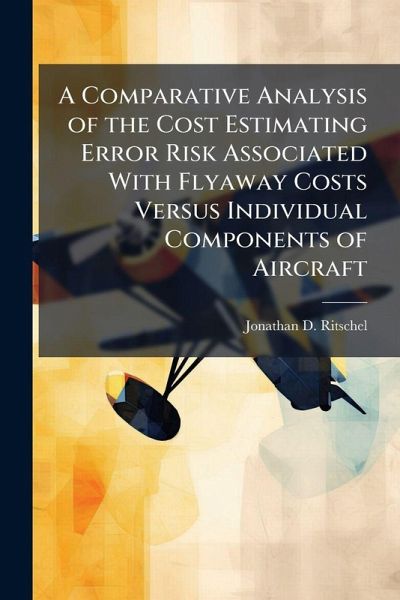
A Comparative Analysis of the Cost Estimating Error Risk Associated With Flyaway Costs Versus Individual Components of Aircraft

PAYBACK Punkte
9 °P sammeln!
A shrinking workforce, unstable budgets, and rapidly changing objectives under stricter time constraints characterize today's cost analysis and acquisition environment. In concert with this environment, cost analyst positions have rapidly decreased as demonstrated by Aeronautical Systems Centers 54% decline in total authorized slots from 1992 to 2001. The question is how to deal with this 'more with less' mentality.The purpose of this research is to investigate and measure the risks associated with taking a macro versus micro approach to aircraft cost estimation. By analyzing the fidelity of a...
A shrinking workforce, unstable budgets, and rapidly changing objectives under stricter time constraints characterize today's cost analysis and acquisition environment. In concert with this environment, cost analyst positions have rapidly decreased as demonstrated by Aeronautical Systems Centers 54% decline in total authorized slots from 1992 to 2001. The question is how to deal with this 'more with less' mentality.The purpose of this research is to investigate and measure the risks associated with taking a macro versus micro approach to aircraft cost estimation. By analyzing the fidelity of a cost estimate developed at the flyaway cost level versus a cost estimate developed at the individual components level, this research provides guidelines for appropriate allocation of cost analyst resources. This objective is accomplished by looking at the cost estimation error risk of recurring costs at level one of the Work Breakdown Structure (WBS) and at level two of the WBS.Results show that there is a statistically significant difference between estimating at the differing WBS levels. However, from a practical standpoint, the difference in dollar terms is too small to be considered significant. As a result, program manager should allocate resources based on other constraints such as time allotted to complete the estimate or required level of visibility into the estimate. This work has been selected by scholars as being culturally important, and is part of the knowledge base of civilization as we know it. This work was reproduced from the original artifact, and remains as true to the original work as possible. Therefore, you will see the original copyright references, library stamps (as most of these works have been housed in our most important libraries around the world), and other notations in the work. This work is in the public domain in the United States of America, and possibly other nations. Within the United States, you may freely copy and distribute this work, as no entity (individual or corporate) has a copyright on the body of the work. As a reproduction of a historical artifact, this work may contain missing or blurred pages, poor pictures, errant marks, etc. Scholars believe, and we concur, that this work is important enough to be preserved, reproduced, and made generally available to the public. We appreciate your support of the preservation process, and thank you for being an important part of keeping this knowledge alive and relevant.



